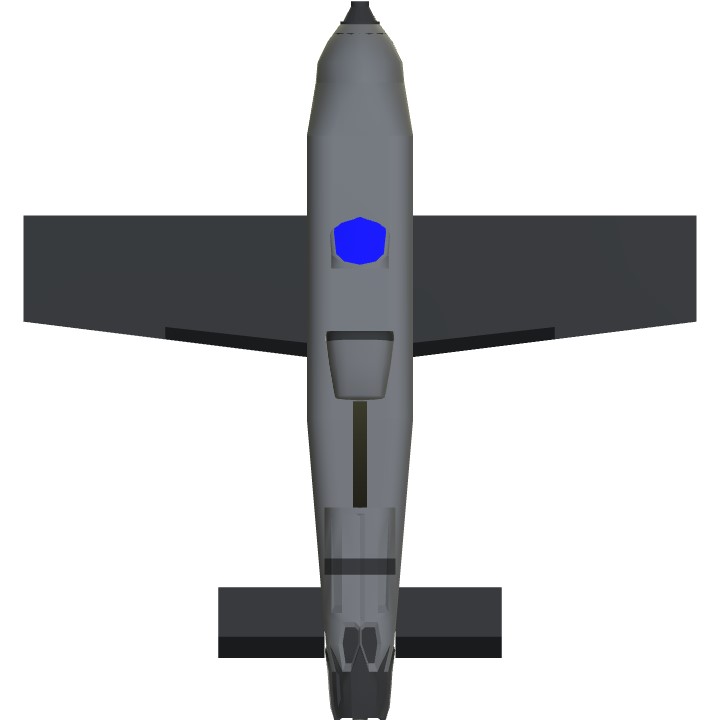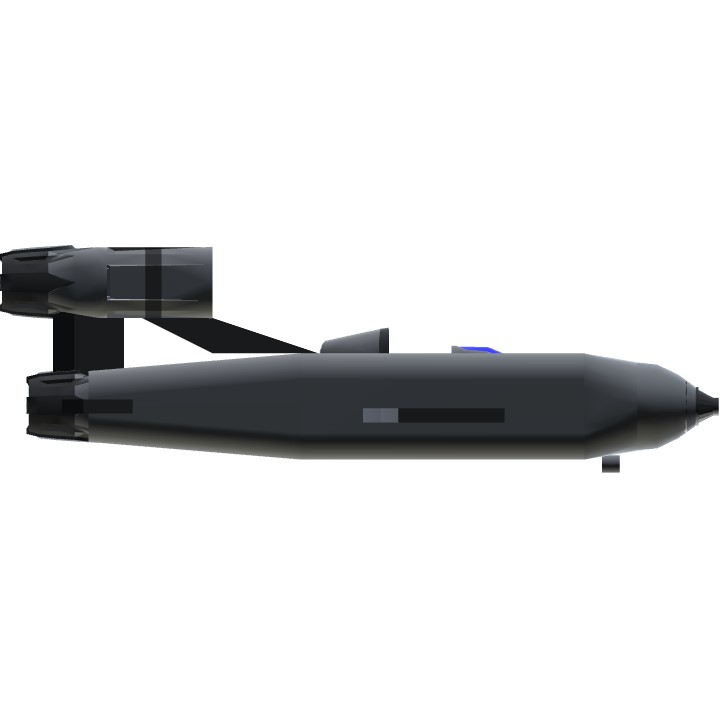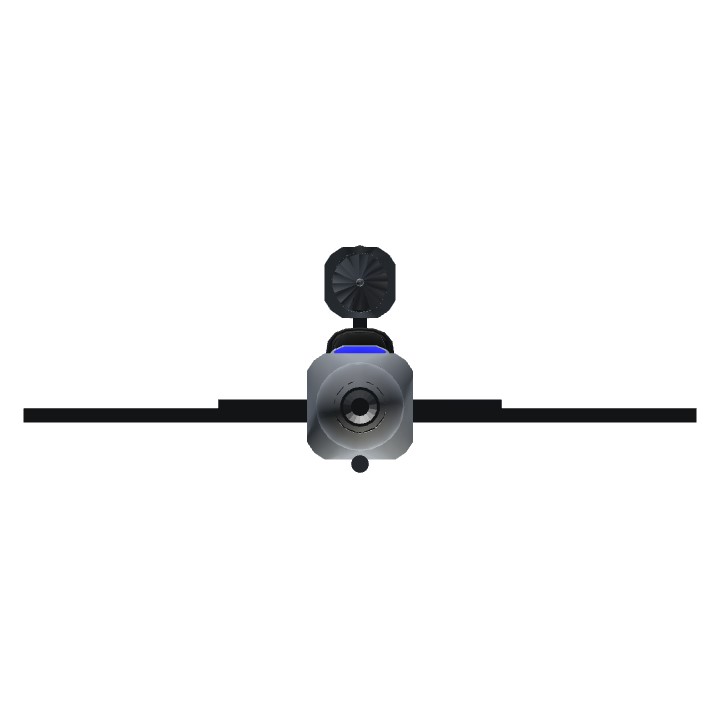The V-1 flying bomb (German: Vergeltungswaffe 1,[a])—also known to the Allies as the buzz bomb, or doodlebug,[3][b] and in Germany as Kirschkern (cherrystone) or Maikäfer (maybug)[5]—was an early pulsejet-powered cruise missile, the very first production aircraft of any type to use a pulsejet for power. The V-1 was developed at Peenemünde Army Research Center by the Nazi German Luftwaffe during the Second World War. During initial development it was known by the codename "Cherry Stone". The first of the so-called Vergeltungswaffen series designed for terror bombing of London, the V-1 was fired from launch facilities along the French (Pas-de-Calais) and Dutch coasts. The first V-1 was launched at London on 13 June 1944[6]), one week after (and prompted by) the successful Allied landings in Europe. At its peak, more than one hundred V-1s a day were fired at south-east England, 9,521 in total, decreasing in number as sites were overrun until October 1944, when the last V-1 site in range of Britain was overrun by Allied forces. After this, the V-1s were directed at the port of Antwerp and other targets in Belgium, with 2,448 V-1s being launched. The attacks stopped when the last launch site was overrun on 29 March 1945.
Specifications
General Characteristics
- Created On Windows
- Wingspan 15.3ft (4.7m)
- Length 16.7ft (5.1m)
- Height 5.2ft (1.6m)
- Empty Weight 7,016lbs (3,182kg)
- Loaded Weight 7,908lbs (3,587kg)
Performance
- Power/Weight Ratio 0.852
- Wing Loading 149.8lbs/ft2 (731.2kg/m2)
- Wing Area 52.8ft2 (4.9m2)
- Drag Points 696
Parts
- Number of Parts 19
- Control Surfaces 5
- Performance Cost 131





@General360
@general 360